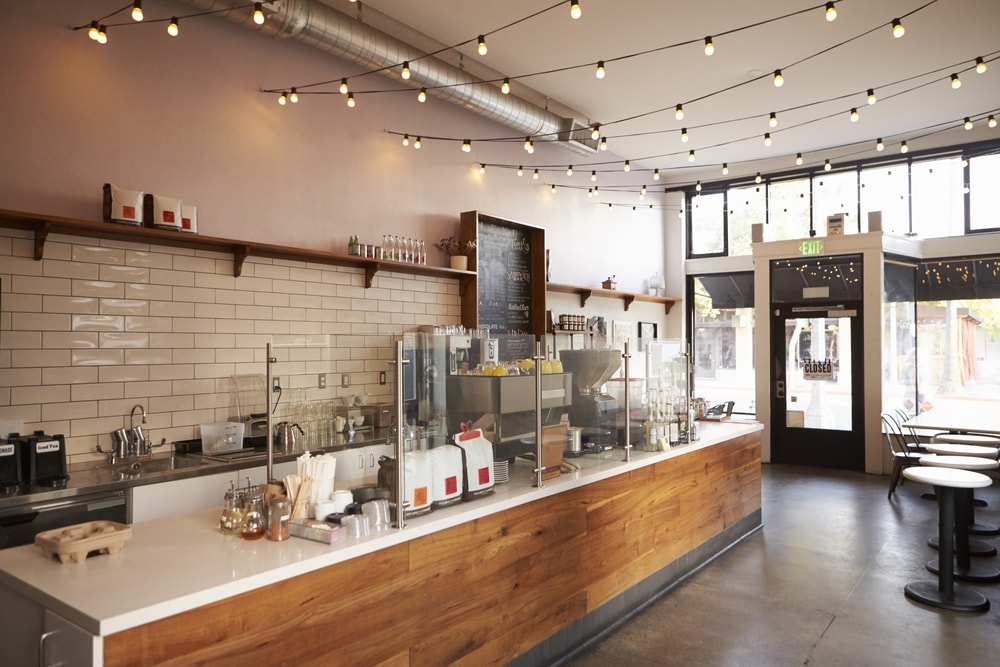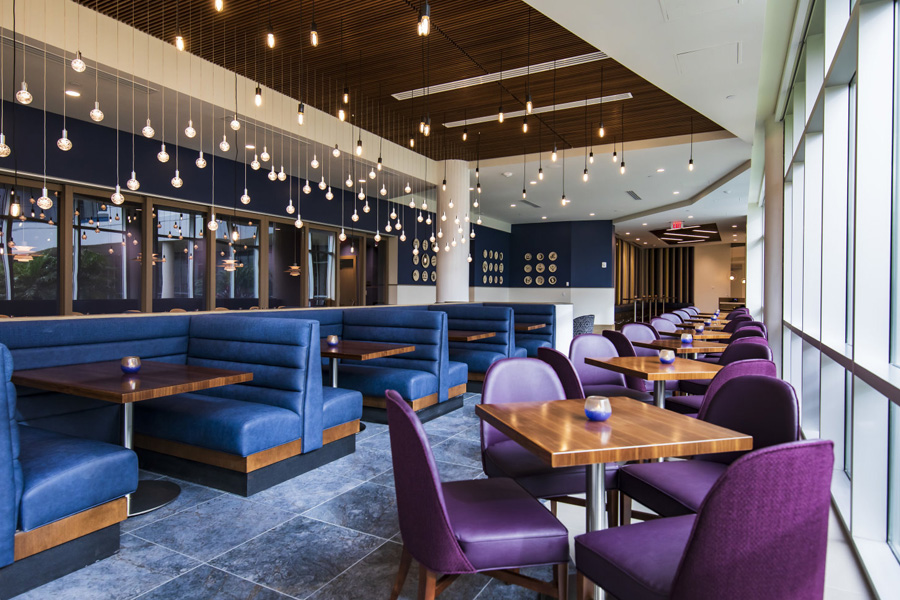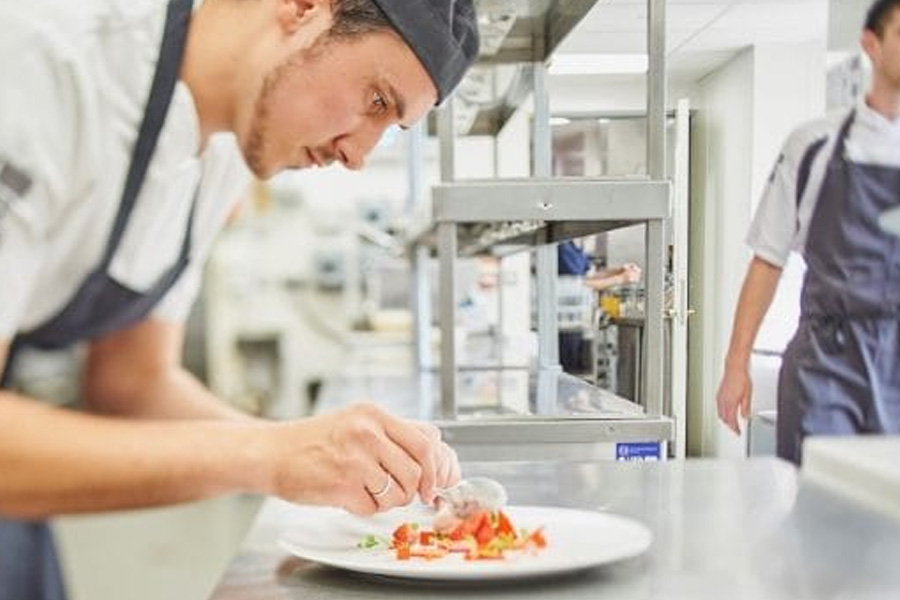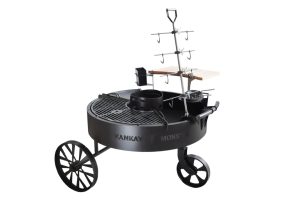Restaurants and the Battle Between Nostalgia and Innovation
How do you succeed in a highly competitive restaurant industry? Some would tell you to come up with an idea that is completely innovative from top to bottom. They would say that you should push the envelope and challenge your customers to reach new heights of culinary delight. Others would tell you to turn the clock back a few years. They would recommend you wholly embrace nostalgia and all that comes with it.
Is one strategy better than the other? Is there room for both strategies to exist simultaneously? These are questions restaurateurs find themselves asking nowadays. They are looking for answers as they come to realize that there is a very real battle going on, a battle for the loyalty of customers who can be as fickle as a soufflé fresh out of the oven.
Everyone is a Foodie Now
The main reason this battle exists is as simple as the realization that everyone is a foodie now – or at least most of us think of ourselves that way. Indeed, we have come a long way since the days when the primary goal of a restaurant was to feed us. Now we want something more. We want dishes that look good on Instagram. We want to be able to take that first bite and identify various notes of this or that, despite not even knowing what a culinary note is.
This is why so many restaurant owners are hell-bent on being innovators. Cooks are no longer content to develop delicious recipes that feed people with a combination of flavor and value. Today, everyone in the kitchen wants to be a five-star chef with the freedom to experiment with everything from filet mignon to mac & cheese.
Comfort Food is Still Comforting
On the other end of the spectrum is comfort food. Where innovators seek to make recipes no one recognizes, cooks who pine for nostalgia rely on classic favorites from a bygone era. In American cuisine, that means things like pot roast and mashed potatoes. If you are Italian, you’re looking for old-fashioned gnocchi or ravioli.
What is well understood by diners is that comfort food is still comforting. What needs to be understood by restaurants is the definition of comfort food changes with the times. Remember that most people define their favorite comfort foods as those recipes their mothers and grandmothers used to prepare.
Those recipes change over time. What your mother used to cook on a daily basis is probably quite different from what you cook for your own family. So what your kids consider comfort food 30 years from now will probably be different from what you perceive as being comfort food today.
Coexistence is Possible
So we have this battle between innovation and nostalgia. Can they coexist? They can, according to the owners of Salt Lake City’s Taqueria27 Mexican restaurant. Known for having some of the best tacos in Salt Lake City, Taqueria27 is a restaurant that combines a neighborhood atmosphere with great Mexican food.
Taqueria27 owners will be quick to tell you that their menu consists of a mix of traditional recipes and new recipes that offer a modern take on old traditions. The fact that they are pulling it off demonstrates that you can combine innovation and nostalgia successfully.
Like so many other things in America, we tend to take innovation and nostalgia in the restaurant industry to extremes. Restaurants seem to be one or the other. In reality, success can be found in the middle. There doesn’t have to be this ongoing battle between the two.





Post Comment
You must be logged in to post a comment.